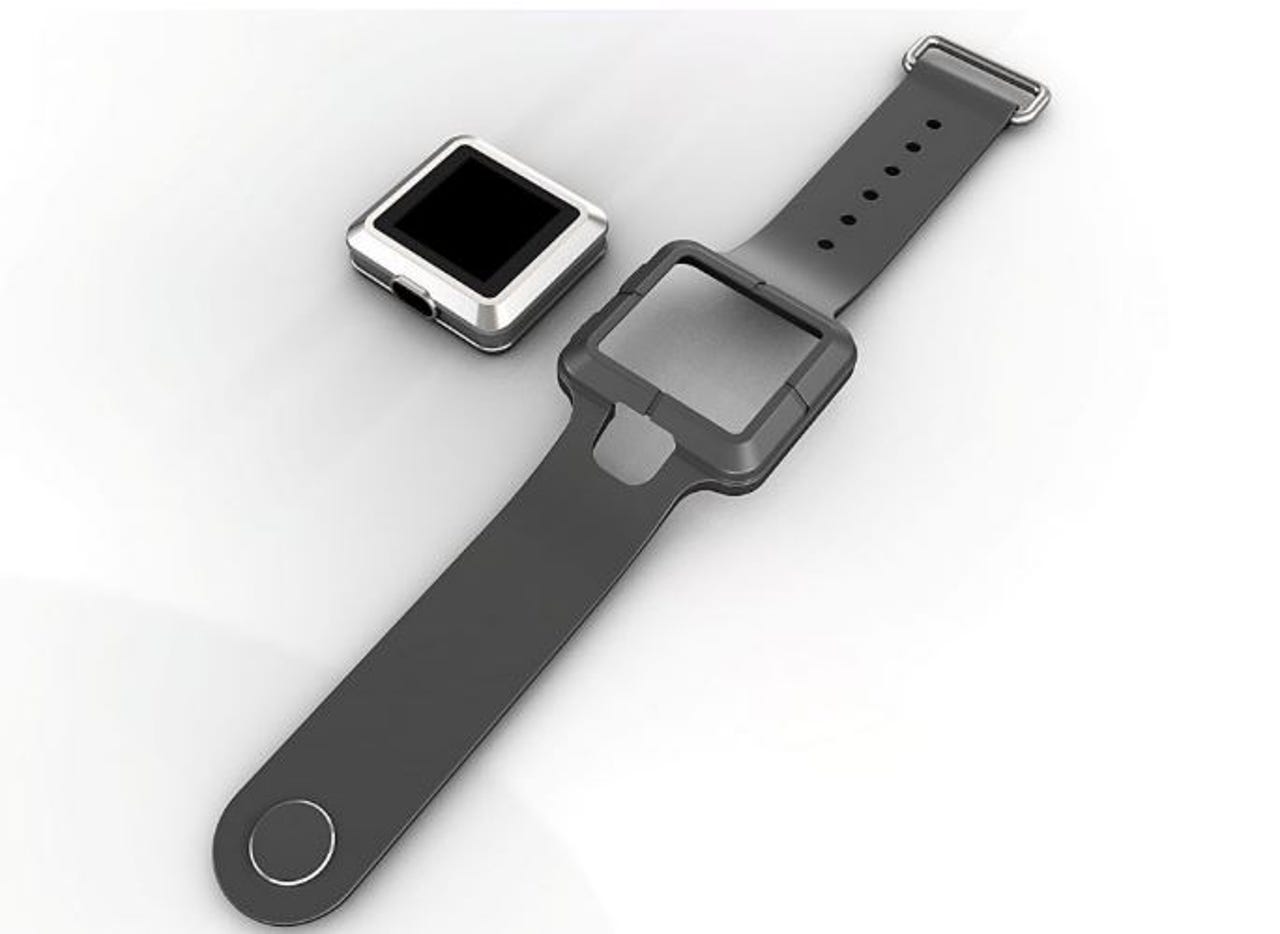A watch running Windows 10 is coming from Microsoft partner Trekstor

Microsoft may have decided that Windows 10 IoT Core didn't really work for its Band fitness device, but at least one of its partners plans to use it inside a coming wearable.

Trekstor GmbH is building a Windows 10 IoT Core-based "B2B commercial-grade wearable" for business. The 1.54-inch device, which is both Wi-Fi and Bluetooth-enabled, is aimed specifically at industries like retail, hospitality, manufacturing, healthcare, and more. Because it's running Windows 10 IoT, the coming watch will be able to run Universal Windows Platform applications.
The watch -- more information about which will be available "in the coming months," according to Microsoft's April 24 blog post mentioning the device -- will include storage space, processing power, and battery life to perform line-of-business functions. The device will incorporate Gorilla Glass 3 and a soft casing. It will allow users to message "silently in real time or verbally via voice messages."
Microsoft late last year shelved plans to introduce a Band 3 fitness device. My sources said the company had been looking into making the Band 3 run Windows 10 IoT rather than firmware, but hadn't found a good solution. Microsoft officials have said Redmond still plans to remain involved in the wearables market, but hasn't shared plans beyond maintaining services like Microsoft Health, Azure, and Cognitive Services.
It's interesting that, like the case with HoloLens, Microsoft's current focus and successes seem to be in the business and not the consumer space. And as it's doing with its Connected vehicle platform, Microsoft is counting on its services as the main attraction in IoT scenarios these days.
See also:
- Windows 10's Cortana on Raspberry Pi: Creators Update turns the Pi into voice-controlled assistant (TechRepublic)
Smartwatches less than one-third of all wearables in US: Kantar: